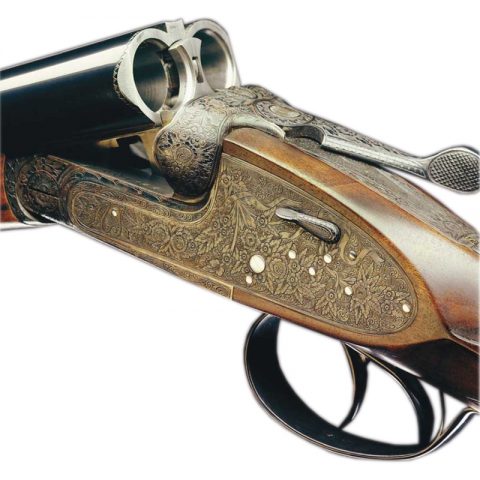

This inspired the Italian gunmaking giant Beretta to enter the market with their sidelock Sovrapposto, also known as the Beretta SO. This feature has been endlessly copied by other makers, but usually without the same number of all-important bearing surfaces.Ĭentre of innovation: Beretta’s HQ in Gardone val Trompia in northern Italyįrom the 1930s onwards John Browning found success with his over-and-under. This was secured with a full-width locking bolt, which moved forward under the breech face and located with a slot machined at the rear of the barrel lumps. Further bearing surfaces at the rear of the barrels’ monobloc, in the form of extensions (or ‘lumps’, in gunmaking terms), also located through the floor of the action body. Placing strength and rugged reliability above other considerations, his under-bolted superposed featured a substantial barrel hook pivoting on a full width cross-bolt. This American gunmaking genius from Ogden, Utah, had revolutionised firearms design with his repeating rifles, pistols and machine guns long before he considered the problem of the ‘superposed shotgun’, as he described the over-and-under. John Browning, in contrast to James Woodward, was the everyman’s gunmaker. John Browning’s ‘everyman’ style gave rise to the under-bolted o/u From the very beginning this problem inhibited the creation of an elegant over-and-under, and the best solution is still open to debate, even today. Copying the design of the side-by-side, with a barrel hook and rear bearing surfaces, would have created a very deep action that the London makers would have considered unsightly. In London in particular, where the side-by-side was an exercise in both utility and elegance, the new guns had to shoot well and also possess good looks.Ī major obstacle to creating a good looking over-and-under was in the jointing of the barrels to the action. We must therefore conclude that the main reason for the gun trade to produce a new kind of gun was indeed a desire to stimulate sales. This was before clay target shooting had any great following makers in Great Britain looked to the game shooter almost exclusively to provide the demand. Certainly, it was the case that gunmakers showed little interest in the over-and-under until the side-by-side had reached a pinnacle of handling qualities and mechanical design. How the over-and-under shotgun came about is open to debate, and some have suggested its purpose was merely to produce something new. That British gunmakers do not at this moment produce an affordable clay target gun is to be regretted


 0 kommentar(er)
0 kommentar(er)
